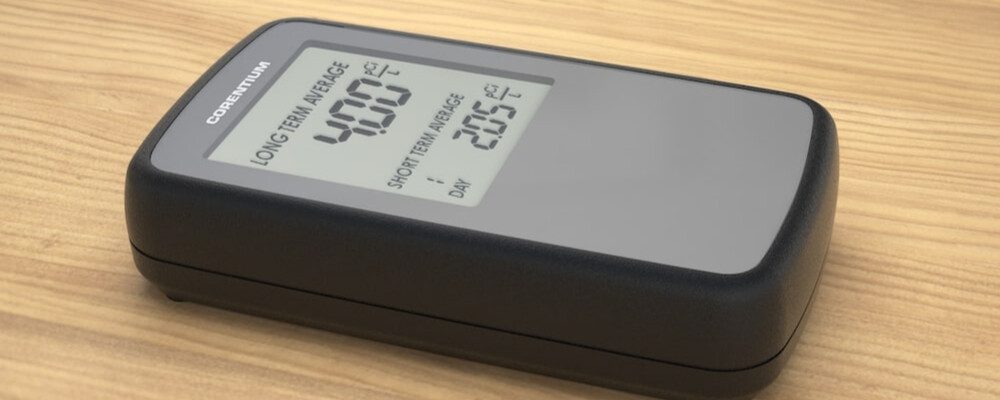How to Get Rid of Radon

Radon is an invisible and odorless gas that can cause lung cancer at high saturation levels. It’s caused by the natural breakdown of uranium in water, air, and soil, and is present everywhere in low levels. If radon levels are too high in your home, extended exposure presents a significantly raised risk of developing lung cancer. So, what are acceptable radon levels? Read on to find out, and to learn how to mitigate radon and reduce radon levels in your Naperville home. If you find you need a radon test in greater Chicagoland, don’t hesitate to get in touch with the BrickKicker for help with all things related to home inspection.
What Are Acceptable Radon Levels?
In low levels, radon isn’t harmful. The average level of radon in the air outdoors is .4 pCi/L. Since your house isn’t open air, it will likely have higher radon levels than that. After all, the EPA recommends you aim to keep your radon levels between 2 and 4 pCi/L. If you have a radon test conducted in your home and your levels are above 4 pCi/L, you’ll need to learn how to mitigate your radon levels, so you can reduce your risk of developing lung cancer. Unfortunately, high radon levels are common, with 1 in 15 U.S. homes featuring over 4 pCi/L.
How to Mitigate Radon Levels?
First, you’ll want to schedule a radon test through the BrickKicker. If you find that you have high levels, we can put you into contact with a crew that can implement a number of strategies to reduce radon levels in your home. Here’s how to get rid of radon:
- Sub-slab depressurization: This involves inserting hoses through your floor and into the areas around your concrete slab in order to suck up radon gas and vent it outside of your home.
- Sub-membrane depressurization: In this process, your crawl space is sealed up with plastic to prevent the spread of radon gas. Then, the radon gas is vacuumed up with suction pipes.
- Heat Recovery Ventilation: This process involves using a heat recovery ventilator to dilute the radon levels in your home by exchanging exterior and interior air.
Have More Questions About How to Mitigate Radon?
Now that you know about what acceptable levels of radon are and how to get rid of radon, if you have any unanswered questions, give us a call at 800-821-1820. We’ll walk you through everything you need to know, and arrange for a radon test if necessary. In the meantime, take a moment to read our guides on how to test for asbestos and mold! We look forward to helping you keep your Aurora home safe and in good condition!